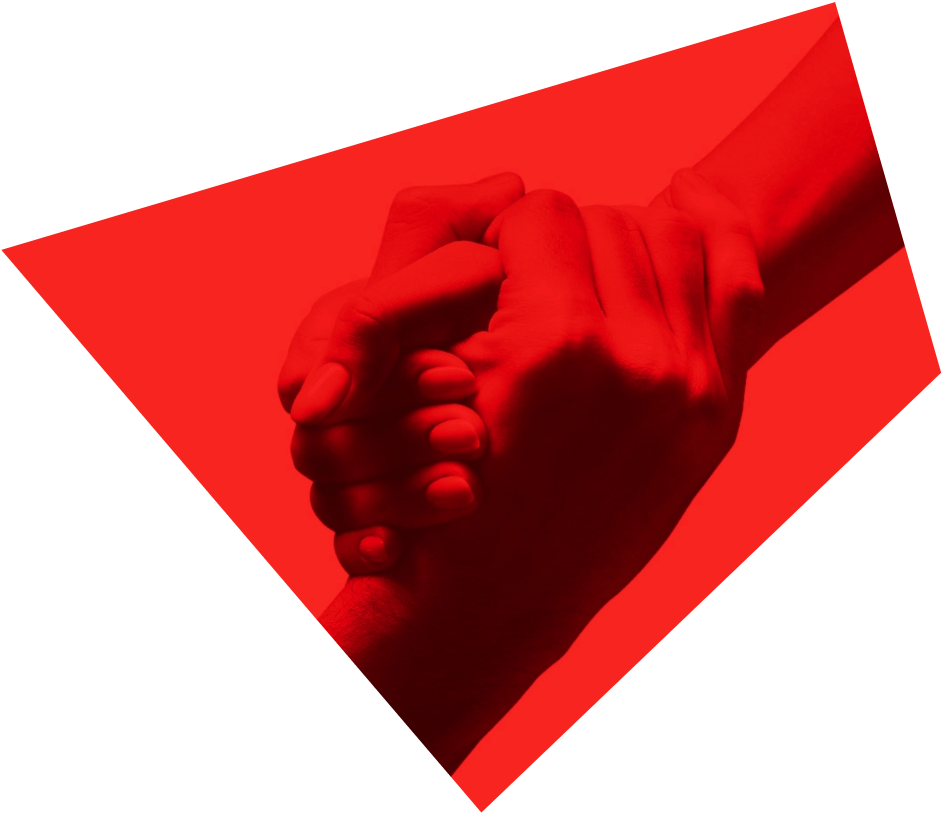Like so many Canadians, I sat transfixed and seized with emotion on Wednesday, as Canada’s House of Commons unanimously passed legislation to ban the long discredited and violent practice of conversion therapy.
It is rare for such an important issue to be handled with such grace in modern politics. Even more remarkable is what Canadians witnessed as they focused their attention on the opposition benches.
It is one thing to see an Opposition leader behave like a prime minister. It is another thing entirely to see an Opposition caucus legislate with the authority and urgency of a sitting government. Make no mistake, the accomplishment here is not just one of policy-making, but also of caucus leadership.
That leadership starts, of course, with Erin O’Toole, but the surprise is it now extends to a wider team of Conservative MPs who are authentically attuned to LGBTQ issues. What’s more, the unanimous motion points to a significant shift in parliamentary strategy and the caucus policy that underlies it.
The moment highlighted rising talent on the Conservative bench. Politicians like Eric Duncan and Melissa Lantsman represent a recent generation of gay and lesbian Conservatives determined to advocate for LGBTQ-focused legislation emerging from either side of the aisle. It’s clear that Duncan and Lantsman are finding their voices in caucus. With a leader keen to support their work, we should all be watching what they do next.
For obvious reasons, this vote was personal for me.
Any LGBTQ Canadian is aware of the nightmare of conversion therapy. Even without first-hand experience, there is a visceral reaction to the idea of being “changed” or “fixed” for something that is inherent to who we are.
Imagine: at the precise moment when young people most need support to understand their feelings and desires, they have those emotions dissected and judged instead. As so many survivors have told us, the fallout can last for years.
But beyond the horrors of conversion therapy itself, Wednesday’s events in Parliament ultimately reaffirmed something I have always known: the Conservative ranks are filled with allies of LGBTQ Canadians.
Indeed, alongside MPs like Duncan and Lantsman were long-standing allies of our community, like Michelle Rempel Garner and Erin O’Toole himself. Their voices, and those of countless other Tories, rang out on Wednesday as loudly as their LGBTQ colleagues.
Even prominent social conservatives in the party should be applauded — perhaps quietly, in private — for coming around to the notion of pragmatic opposition. There were genuine differences of opinion regarding this legislation, and however misguided I feel they may have been, for many MPs they were sincere. The fact that those differences were tamed — every member of caucus was brought on board — is a very positive sign for an Opposition too easily accused of “not wanting to govern.”
It was a sign of decisive leadership, of effective collaboration, and, most of all, a sign that Erin O’Toole’s Opposition government is ready to show its new face to Canadians. A face that is more dynamic, competitive, inclusive and primetime-ready than it has been for a very, very long time.
As a Conservative, it’s exciting to see. But more than that, as an advocate for conservative principles, it’s an encouraging sign that Canada’s centre-right party will be able to focus on the issues that matter most: fiscal stewardship, personal liberty and fairness. For too long, the brand of “conservative values” has been tarred with the stench of hate and social division. Wednesday’s motion puts the lie to that notion.
Looking back on an emotional and historic week, I believe Canadians saw the best of their Parliament. While it remains to be seen how the Senate treats Bill C-4, it actually matters not. Even if a few unelected senators cause trouble, it will only serve to underscore what Team O’Toole has managed to pull off in the House. We all should be very grateful.
